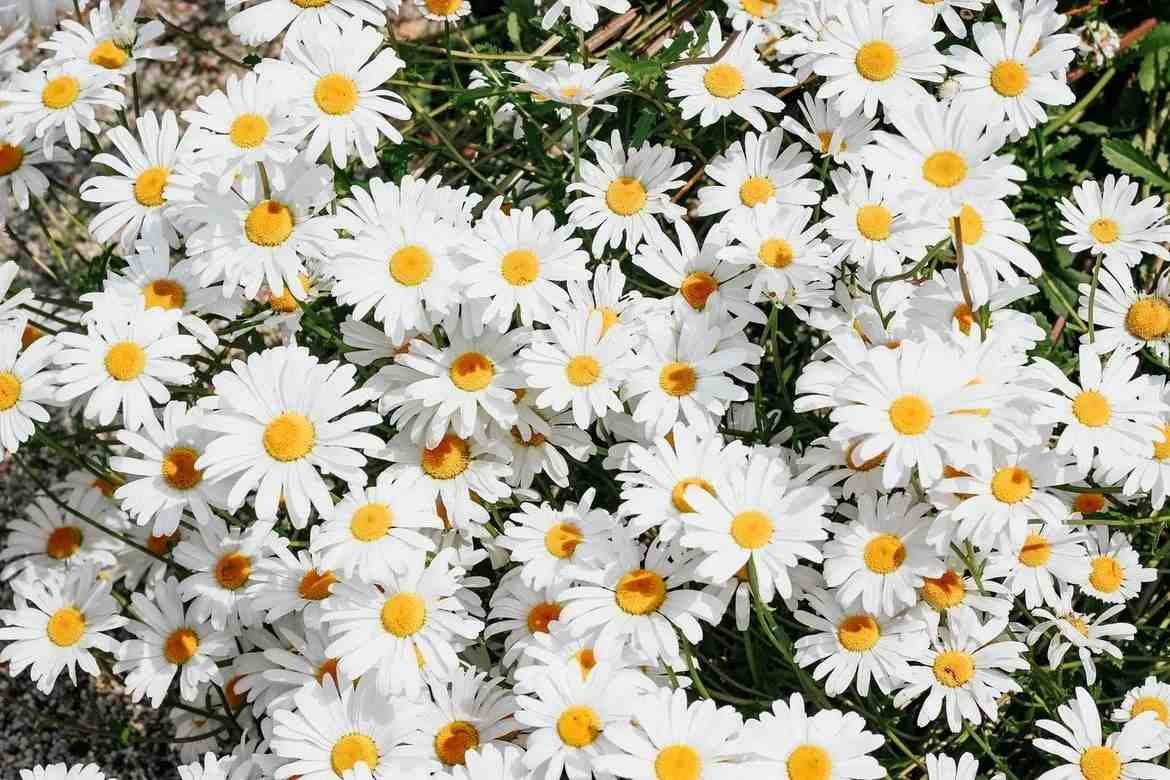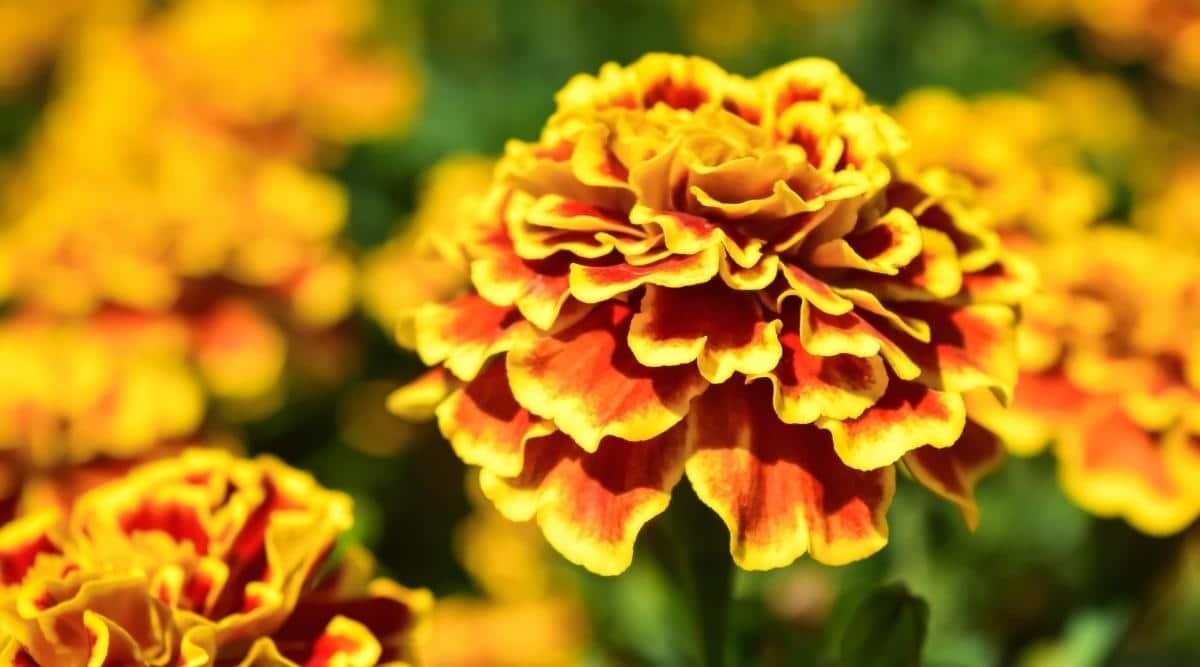Magnolia Flower Facts, Uses, Cultivation, Botany, Historical Significance

Magnolia Flower Facts | Description | Distribution and Habitat | Botany and evolution | Cultivation | Uses | Cultural | Interesting facts | frequently asked questions about Magnolia
The Magnolia flower is a stunning and timeless symbol of beauty, grace, and purity. With its delicate petals and sweet fragrance, this exquisite bloom has been revered for centuries in art, literature, and culture. From its origins in Asia to its widespread cultivation across the world, the Magnolia continues to captivate us with its understated elegance and natural charm. Join us as we delve into the fascinating world of this beloved flower, exploring its history, symbolism, and unique characteristics that make it a true icon of botanical beauty.
Taxonomy of Magnolia
| Kingdom | Plantae |
|---|---|
| Clade | Tracheophytes |
| Clade | Angiosperms |
| Clade | Magnoliids |
| Order | Magnoliales |
| Family | Magnoliaceae |
| Genus | Magnolia |
Morphology of Magnolia
| Feature | Description |
|---|---|
| Flower size | 3-12 inches (7.5-30 cm) |
| Petals | Large, thick, and showy; range in color from white to pink, purple, or yellow |
| Sepals | 3-12, green, and often covered in fine hairs |
| Stamens | Numerous, with long filaments and yellow or red anthers |
| Carpels | Multiple, arranged in a circle, with a long style and stigma |
| Fruit | Large, cone-like, woody aggregate of follicles, containing red seeds |

Description of Magnolia
The Magnolia flower is a large and showy bloom that is highly prized for its beauty and fragrance. The flower typically ranges in size from 3 to 12 inches (7.5 to 30 cm), and it is known for its large, thick petals that come in a variety of colors, including white, pink, purple, and yellow. The petals are often arranged in a spiral pattern, creating a visually stunning display.
The sepals of the Magnolia flower are typically green and are often covered in fine hairs, adding to the flower’s unique texture and appearance. The stamens are numerous and have long filaments with yellow or red anthers, which contain the pollen that is necessary for the flower’s reproduction. The carpels, which are the female reproductive organs of the flower, are arranged in a circle, each with a long style and stigma. The stigma is the part of the flower that receives the pollen during fertilization.
One of the most distinctive features of the Magnolia flower is its fruit, which is a large, cone-like woody aggregate of follicles. These follicles contain bright red seeds that are highly sought after by birds and other animals.
Overall, the Magnolia flower is a stunning and complex bloom that is revered for its beauty, fragrance, and unique characteristics. From its large petals and distinctive sepals to its numerous stamens and carpels, this flower is truly a marvel of the natural world.
Distribution and habitat of Magnolia
The Magnolia flower is a plant species that is native to Asia, but it is widely cultivated and found throughout the world. In Asia, the Magnolia flower can be found in countries such as China, Japan, Korea, and Vietnam. In North America, the Magnolia flower is found in many regions, including the southeastern United States, Mexico, and Central America.
The Magnolia flower is a hardy plant species that can thrive in a variety of habitats, from temperate forests to tropical climates. In general, the Magnolia flower prefers well-drained soil and partial shade, although some species can also tolerate full sun. The flower is often found growing near streams, rivers, and other bodies of water, where it can benefit from the additional moisture.
In addition to its natural habitats, the Magnolia flower is also widely cultivated in parks, gardens, and other outdoor spaces. Many cultivars of the flower have been developed over the years, each with its own unique characteristics and growing requirements.
Overall, the Magnolia flower is a versatile and adaptable plant species that can be found in a wide variety of habitats around the world. Its beauty and unique characteristics have made it a popular choice for gardeners and plant enthusiasts everywhere.
Botany and evolution of Magnolia
The Magnolia flower is a member of the Magnoliaceae family, which is a family of flowering plants that are characterized by their large, showy blooms and distinctive floral structure. The Magnoliaceae family is believed to be one of the most ancient families of flowering plants, with a history that dates back to the Late Cretaceous period, around 80 million years ago.
The Magnolia flower itself is part of the Magnoliids clade, which is a group of flowering plants that share certain primitive features, such as a lack of true vessels in their xylem tissue. This group of plants is believed to have diverged from the rest of the flowering plants relatively early in their evolution, around 100 million years ago.
The Magnolia flower has a distinctive floral structure, with large, showy petals arranged in a spiral pattern around a central cone-like structure that contains the flower’s reproductive organs. This structure is believed to be an adaptation that evolved to attract specific pollinators, such as beetles, that are attracted to the flower’s unique fragrance.
Over time, many different species of Magnolia have evolved, each with its own unique characteristics and growing requirements. Some species of Magnolia are evergreen, while others are deciduous. Some species prefer cool, temperate climates, while others thrive in tropical regions. Despite these differences, all species of Magnolia are characterized by their large, showy blooms and distinctive floral structure, which continue to captivate and inspire us to this day.
Cultivation of Magnolia
Cultivating Magnolia flowers can be a rewarding experience for gardeners and plant enthusiasts. Magnolia flowers are generally hardy and adaptable, and can be grown in a variety of conditions, depending on the species.
One important factor to consider when cultivating Magnolia flowers is the climate. Magnolia flowers typically prefer temperate or subtropical climates, and may not thrive in extremely hot or cold temperatures. It’s important to choose a species that is well-suited to your particular climate and growing conditions.
Magnolia flowers also require well-drained soil that is rich in organic matter. They prefer slightly acidic soil with a pH between 5.5 and 6.5. If your soil is too alkaline, you can amend it with organic matter or sulfur to lower the pH.
When planting Magnolia flowers, it’s important to choose a location that receives partial shade. Full sun can be too intense for the delicate petals of the Magnolia flower, while too much shade can inhibit its growth and blooming.
Watering is also an important consideration when cultivating Magnolia flowers. They require consistent moisture, but can be sensitive to overwatering. Water deeply once a week, or as needed, and avoid letting the soil become waterlogged.
In terms of fertilization, Magnolia flowers benefit from a balanced fertilizer, such as a 10-10-10 formula, applied in the spring and fall. Avoid fertilizing during the summer, as this can promote excessive growth and inhibit blooming.
Overall, with proper care and attention, Magnolia flowers can thrive and provide a stunning display of beauty and fragrance in your garden or outdoor space.
Uses of Magnolia
The Magnolia flower has been used for a variety of purposes throughout history, from medicinal to ornamental.
In traditional medicine, the bark and flowers of the Magnolia tree have been used for their anti-inflammatory and sedative properties. The flower’s essential oils have been used to treat conditions such as anxiety, depression, and insomnia. However, it’s important to note that these uses have not been scientifically proven and should be approached with caution.
In modern times, the Magnolia flower is primarily used for ornamental purposes. Its large, showy blooms and unique fragrance make it a popular choice for gardens, parks, and outdoor spaces. Many cultivars of the Magnolia flower have been developed over the years, each with its own unique characteristics and growing requirements.
Magnolia flowers are also commonly used in floral arrangements, both fresh and dried. The flower’s large size and unique shape make it a standout in any bouquet or arrangement.
In some cultures, the Magnolia flower is also used for symbolic purposes. In China, for example, the Magnolia flower symbolizes purity and nobility, and is often used in traditional wedding ceremonies.
Overall, the Magnolia flower’s beauty and unique characteristics have made it a popular choice for a variety of purposes throughout history and into modern times.
Cultural and Historical Significance of Magnolia
The Magnolia flower has significant cultural and historical significance in various parts of the world. Here are a few examples:
- In China, the Magnolia flower is a symbol of purity and nobility. It is often used in traditional wedding ceremonies and is associated with feminine beauty and gentleness. The flower is also used in traditional medicine to treat a variety of ailments.
- In the United States, the Magnolia flower is the state flower of both Louisiana and Mississippi. It is also a popular ornamental plant in the southern United States, where it is often featured in gardens and landscaping.
- In ancient Greek mythology, the Magnolia flower was said to be named after the god of medicine, Asclepius. According to legend, the flower was named in honor of Asclepius’ apprentice, Magnes, who discovered the flower’s medicinal properties.
- In Japanese culture, the Magnolia flower is associated with the concept of “heavenly star.” It is believed to symbolize perseverance and endurance in the face of adversity.
- In Vietnam, the Magnolia flower is associated with the concept of “gentleness.” It is often used in traditional medicine to treat respiratory ailments and is also featured in traditional wedding ceremonies.
Explanatory Notes for Magnolia
Explanatory notes for the Magnolia flower can help provide a better understanding of the plant’s characteristics and growing requirements. Here are a few examples:
- Magnolia flowers are typically large and showy, with a distinctive shape that sets them apart from other flowers. They typically bloom in the spring or summer, depending on the species.
- The Magnolia tree is an ancient plant species, with fossils dating back more than 20 million years. It is believed to have evolved alongside pollinating beetles, which helped to shape the flower’s unique characteristics.
- There are over 200 species of Magnolia trees and shrubs, each with its own unique characteristics and growing requirements. Some species are evergreen, while others are deciduous. Some prefer full sun, while others thrive in partial shade.
- Magnolia flowers typically prefer well-drained soil that is rich in organic matter. They prefer slightly acidic soil with a pH between 5.5 and 6.5. If the soil is too alkaline, it can be amended with organic matter or sulfur to lower the pH.
- In terms of fertilization, Magnolia flowers benefit from a balanced fertilizer, such as a 10-10-10 formula, applied in the spring and fall. Avoid fertilizing during the summer, as this can promote excessive growth and inhibit blooming.
- Magnolia flowers can be sensitive to overwatering, so it’s important to water deeply once a week, or as needed, and avoid letting the soil become waterlogged.
Interesting facts about Magnolia
Here are 10 interesting facts about the Magnolia flower:
- The Magnolia is an ancient plant, with fossils dating back over 20 million years.
- The Magnolia flower is named after French botanist Pierre Magnol, who first classified the plant in the 18th century.
- There are over 200 species of Magnolia trees and shrubs, with a wide variety of shapes, sizes, and colors.
- Magnolia flowers have a strong, sweet fragrance that is often used in perfumes and candles.
- The Magnolia flower is the state flower of Louisiana and Mississippi in the United States.
- In traditional Chinese medicine, the Magnolia flower is used to treat anxiety, depression, and other conditions.
- The Magnolia flower has a long history of use in traditional Japanese medicine as a treatment for asthma and other respiratory ailments.
- Magnolia flowers are often used in traditional wedding ceremonies in China and Vietnam.
- In ancient Greek mythology, the Magnolia flower was named after the god of medicine, Asclepius.
- The Magnolia flower has inspired many artists and writers throughout history, including the poet Walt Whitman and the artist Claude Monet.
General queries or frequently asked questions about Magnolia
What is the best time of year to plant Magnolia trees?
The best time to plant Magnolia trees is in the fall or early spring, when the weather is mild and the soil is moist.
Do Magnolia flowers have a fragrance?
Yes, Magnolia flowers have a strong, sweet fragrance that is often used in perfumes and candles.
What are the different types of Magnolia trees?
There are over 200 species of Magnolia trees and shrubs, each with its own unique characteristics and growing requirements. Some popular species include the Southern Magnolia, Star Magnolia, Saucer Magnolia, and Sweet Bay Magnolia.
How do I care for my Magnolia tree?
Magnolia trees prefer well-drained soil that is rich in organic matter. They should be watered deeply once a week, or as needed, and fertilized in the spring and fall with a balanced fertilizer. Pruning is usually not necessary, but dead or damaged branches should be removed.
Can Magnolia flowers be used in cooking?
Yes, Magnolia flowers are edible and can be used in a variety of dishes, including teas, syrups, and desserts. However, they should be consumed in moderation, as they can cause stomach upset in some people.
How long do Magnolia flowers bloom for?
Magnolia flowers typically bloom for 2-4 weeks, depending on the species.
What is the significance of the Magnolia flower in Chinese culture?
In Chinese culture, the Magnolia flower is a symbol of purity and nobility. It is often used in traditional wedding ceremonies and is associated with feminine beauty and gentleness.
Do Magnolia trees attract bees?
Yes, Magnolia trees are attractive to bees and other pollinators, as they produce nectar and pollen.
Can Magnolia flowers be grown in containers?
Yes, some Magnolia species, such as the Little Gem Magnolia, can be grown in containers. However, they may require more frequent watering and fertilization than trees planted in the ground.
What is the history of Magnolia flowers in art and literature?
Magnolia flowers have been a popular subject in art and literature for centuries, with famous artists and writers such as Claude Monet and Walt Whitman using them as inspiration for their work.
Conclusion
In conclusion, the Magnolia flower is a beautiful and significant plant that has played an important role in various cultures and traditions throughout history. Its fragrance, beauty, and versatility have made it a popular choice for gardens, weddings, and even traditional medicine. With over 200 species of Magnolia trees and shrubs, there is a wide variety to choose from, each with its own unique characteristics and growing requirements. Whether you are a gardener, artist, or simply someone who appreciates natural beauty, the Magnolia flower is a wonderful addition to any environment.












